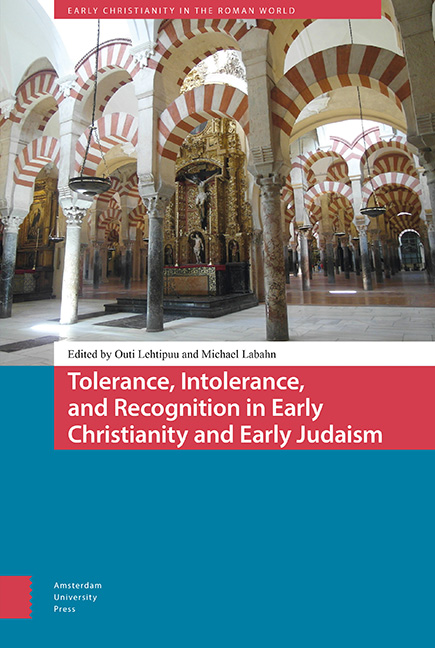Epilogue: Sites of Toleration
Published online by Cambridge University Press: 16 July 2022
Summary
This volume begins with mention of the Mosque–Cathedral in Córdoba, a building erected on a site that began (as far as we know) as a Roman temple, became a Visigoth church, and in 711 was converted into a bifurcated building for both Christian and Muslim worship. For a brief time, it showed the promise of toleration. Seventy-three years later, the local Muslim ruler ordered the church destroyed, and work on the great mosque, second in size only to the Kaaba, began. The reconquista under Ferdinand III in 1236 led to the building's reconsecration as a church. Today the Mosque–Cathedral is a UNESCO World Heritage Site that also continues to be a functional church whose official name is the Cathedral of Our Lady of the Assumption (Catedral de Nuestra Señora de la Asuncion). Muslims are allowed to visit, but not to engage in prayer.
Not too far from the cathedral is the synagogue, built originally in 1315. After Catholic Spain expelled Jews and Muslims in 1492 and persecuted via the Inquisition those who converted but still retained their own religious practices, the building was converted into the Hospital Santo Quiteria, a hospital for rabies victims. Perhaps coincidentally, the Christian tradition had a long history, since at least the time of Chrysostom, of referring to Jews as dogs. In the sixteenth century, the shoemakers guild purchased the building to create a social center and prayer space. After several reincarnations, in 1935 the building housed the first public Jewish worship service in Córdoba since the expulsion. Today, it is a tourist attraction.
Córdoba is a place of convivencia , war, expulsion, cultural and religious erasure, welcome, and détente. The European Association of Biblical Studies (EABS) sought places where “religious traditions could live peacefully together without conflict.” For me, Córdoba is less a site of peaceful coexistence than of the tenuousness of the minority culture: peace exists only as long as the majority, or the army, or the political establishment finds it to be expedient. Every mass held at the Cathedral carries with it, inevitably, the lost voices of Jews and Muslims.
- Type
- Chapter
- Information
- Publisher: Amsterdam University PressPrint publication year: 2021



